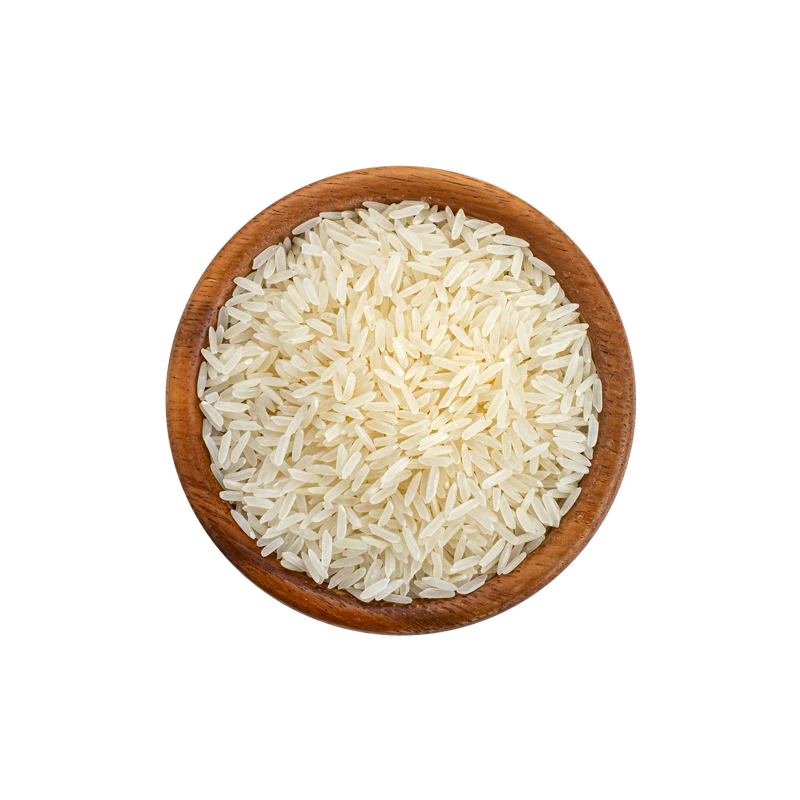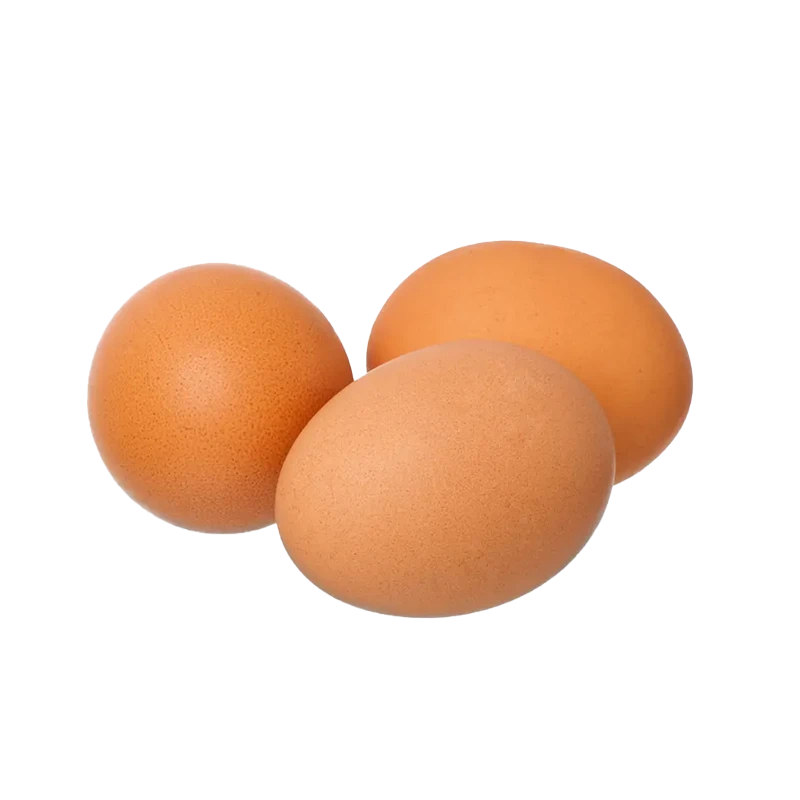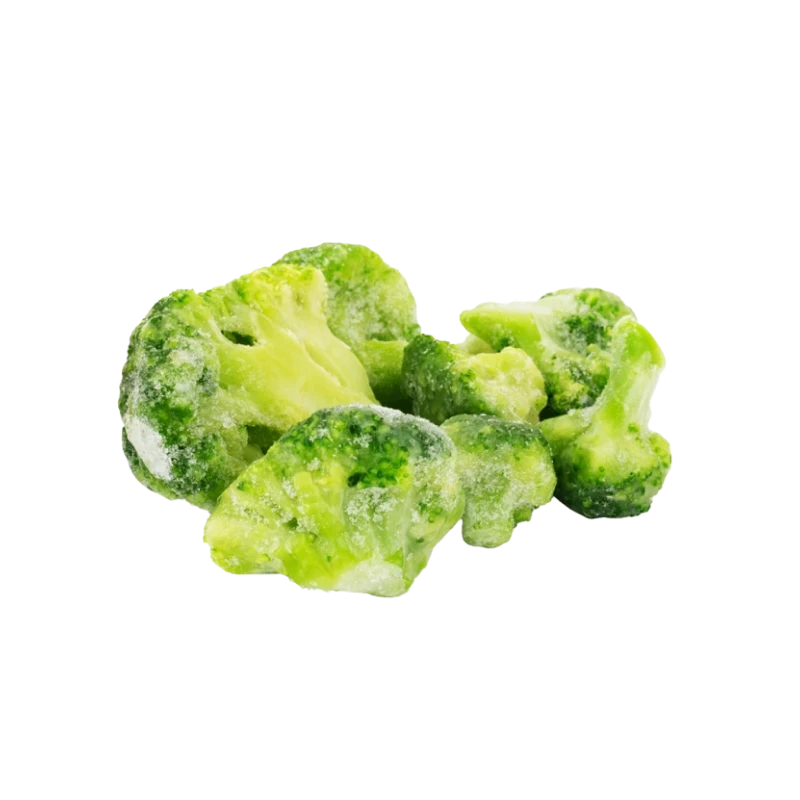Rice — Nutrients, Health Benefits, and Shopping Tips

Written by Listonic Team
Last update on September 6, 2024
Rice nutrients
Nutrition facts
Amount per 100 g
Calories
🔥 130 kcal
| Nutrients per: 100 g | Value | % Daily Value* |
|---|---|---|
| Carbs | 28 g | 10.18% |
| Fiber | 0 g | - |
| Sugars | 0 g | - |
| Glycemic Index | 73 | - |
| Protein | 3 g | 6% |
| Sodium | 1 mg | 0.04% |
| Total Fat | 0 | - |
*The % of Daily Value (DV) tells you how much a nutrient in a serving of food contributes to a daily diet. 2,000 calories a day is used for general nutrition advice.
Rice facts & tips
Health benefits
- Provides sustained energy from complex carbohydrates, making it a good source of fuel for the body and brain.
- Rich in essential vitamins and minerals if made from enriched or whole grain varieties, such as B vitamins and iron, supporting overall health and well-being.
- Low in fat and cholesterol-free, making it a heart-healthy addition to meals.
- Gluten-free, making it suitable for individuals with celiac disease or gluten intolerance.
Health risks
- High carbohydrate content particularly in white rice, which can cause rapid spikes in blood sugar levels, particularly concerning for diabetics or those on low-carb diets.
- Low nutrient density compared to whole grains, as white rice is often refined, offering fewer nutrients and less fiber.
- Potential for arsenic contamination as rice can absorb arsenic from the soil, which may pose health risks if consumed in large quantities over time.
- Potential for overconsumption due to its palatable nature, leading to excessive calorie intake if not mindful of portion sizes.
How to choose rice
When choosing rice, whether white, brown, or a specialty variety, it should appear clean and uniform in size and color. The grains should be whole without any cracks or splits, ensuring they cook evenly.
Do not purchase rice that has a dusty appearance or smells musty, as this can indicate it has been stored improperly. Rice that clumps together in the package should also be avoided, as it may have been exposed to moisture and could be prone to spoilage.

How to store rice
Uncooked rice should be stored in an airtight container in a cool, dry place. Keeping it in the pantry helps maintain its quality and extends its shelf life for up to a year.
Exposure to moisture can cause rice to spoil and attract pests. Avoid storing it near strong-smelling foods, as it can absorb odors. Always ensure the container is tightly sealed to keep out moisture and maintain freshness.
✅ Extra Tip
How long does it last?
Rice can last for 1-2 years when stored in an airtight container in a cool, dark place. Cooked rice should be consumed within 4-6 days if kept in the refrigerator. For longer storage, cooked rice can be frozen for up to 6 months.
What to do with leftovers?
Leftover rice can be used in a variety of savory and sweet dishes. Reheat it and serve as a side for stir-fries, curries, or grilled meats, or mix it into a fried rice with vegetables, eggs, and your choice of protein. Rice is also great when added to soups or stews, where it helps to thicken the broth and add texture.
Use leftover rice in a rice salad with chopped vegetables, herbs, and a tangy vinaigrette, or mix it into a casserole with cheese, vegetables, and meat for a hearty meal. If you have a lot of rice, consider making a batch of rice pudding with milk, sugar, and spices for a comforting dessert. Rice can also be used as a filling for stuffed vegetables, like peppers or tomatoes, or added to a grain bowl with roasted vegetables and a protein of your choice. For a quick snack, try making rice balls filled with cheese, meat, or vegetables.
👨⚕️️ Medical disclaimer
How rice supports specific health conditions
Rice is a staple grain rich in carbohydrates, providing energy for brain function and physical activity. It is a source of B vitamins, supporting energy metabolism and brain function. Depending on the variety, such as brown or wild rice, it can also provide fiber, supporting digestive health. Pairing rice with vegetables or lean proteins enhances its nutritional value, making it a versatile and balanced option for weight management when consumed in moderation.
Discover products from other categories
Listonic Team
Fact-checked
Our editorial team checked this article to make sure it was accurate at the time of publishing it.
Get the top-rated shopping list app







